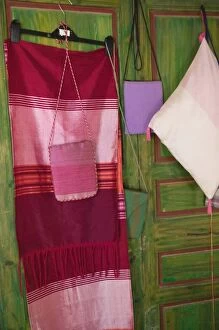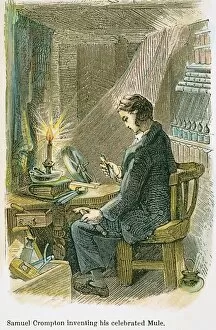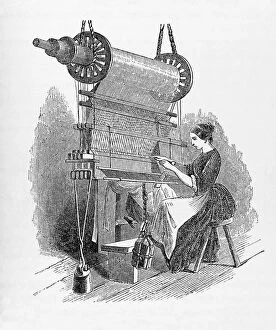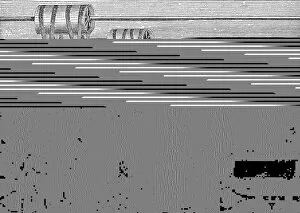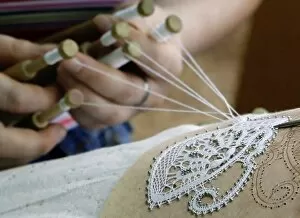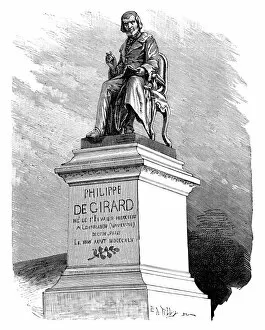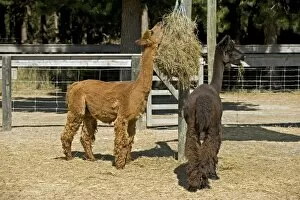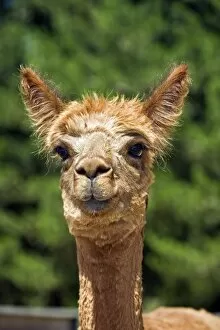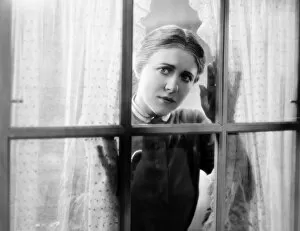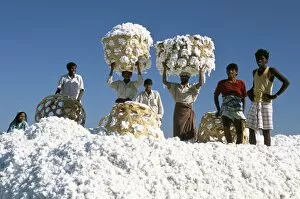Textile Industry Collection (#46)
The textile industry is a vibrant tapestry of history, innovation, and artistry
For sale as Licensed Images
Choose your image, Select your licence and Download the media
The textile industry is a vibrant tapestry of history, innovation, and artistry. From the humble beginnings of the first sewing machine in 1846 to the intricate designs woven on looms by skilled artisans, this industry has shaped our world in countless ways. In 1857, Ando Hiroshige captured the essence of textile production with his depiction of the Dye House at Konya-cho in Kanda. The vibrant colors and meticulous craftsmanship showcased here are a testament to the dedication and skill required to create beautiful fabrics. Another glimpse into this world can be seen in Cotton Printing at Merton Abbey Works circa 1884. Though its creator remains unknown, their work speaks volumes about the precision and attention to detail that went into every piece produced at these renowned works. Carpet weaving was also an integral part of this industry, as shown by Hammersmith Carpet Weaving at Merton Abbey Works. The anonymous artist's portrayal transports us back to a time when handcrafted rugs adorned homes with their intricate patterns and luxurious textures. We cannot forget the role technology played in revolutionizing textile production. James Tingle's engraving depicts power looms on a cotton factory floor, showcasing how mechanization transformed manufacturing processes forever. Ando Hiroshige returns with Hatsune no Baba; Bakurocho circa 1857, offering yet another glimpse into Japan's rich textile heritage. This captivating artwork captures both tradition and progress as women weave delicate threads together on looms. Wool sorters were essential figures within this industry during c1880s - their expertise ensured only high-quality materials made it through for further processing. Their contribution cannot be overstated when considering woolen textiles' enduring popularity throughout history. Saltaire works from around 1880 showcases one of Britain's iconic mills where workers labored tirelessly to produce fine textiles that would adorn people's lives across continents. These grand establishments were hubs of creativity and industry, shaping the fabric of society.

